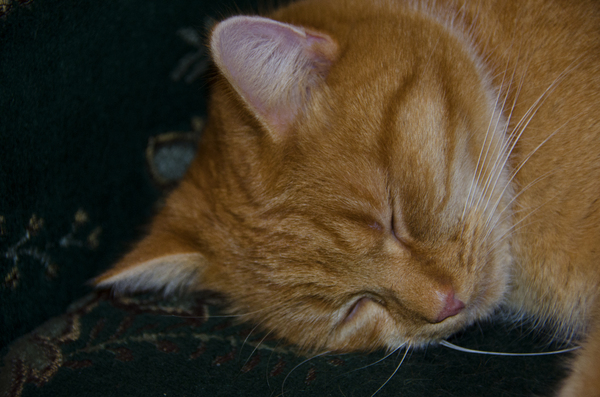Cat Litter: A Quick History and Evolution
Cat Litter: A Quick History and Evolution
Blog Article

Cat litter and litter boxes play a critical role in the lives of both cats and their owners. From the modest starts of sand and soil to the ingenious developments of today, the world of cat litter has actually progressed substantially. In this comprehensive guide, we look into every aspect of cat litter and litter boxes, exploring their history, types, benefits, difficulties, and whatever in between.
The history of cat litter go back centuries, with ancient civilizations utilizing sand, soil, and even ashes as primitive litter products. Nevertheless, it wasn't up until the mid-20th century that modern-day cat litter as we understand it emerged. In 1947, Edward copyright presented the world's very first business cat litter made from absorbent clay, revolutionizing the way felines relieved themselves inside. Since then, cat litter has undergone numerous transformations, with the introduction of clumping litter, silica gel litter, biodegradable options, and more.
Today, feline owners are ruined for option when it concerns choosing the best litter for their feline companions. Traditional clay litter remains popular for its price and efficiency in taking in smells. Clumping litter, which forms solid clumps when wet, simplifies cleansing and upkeep. Silica gel litter, made up of highly absorbent silica crystals, offers superior smell control and durability. Naturally degradable options, such as recycled paper, wood pellets, corn, and wheat, appeal to ecologically mindful consumers.
Each type of cat litter offers special benefits. Clay litter excels in its capability to soak up moisture and control odors, making it a reputable choice for lots of cat owners. Clumping litter simplifies daily scooping and extends the time in between total litter changes. Silica gel litter provides extraordinary smell control and can last longer between replacements. Biodegradable litters use a sustainable alternative that minimizes ecological impact.
While cat litter enhances indoor feline health, it is not without its difficulties. Dust from clay litter can position breathing dangers for both cats and human beings, prompting the appeal of dust-free options. Some cats might develop litter box Wood Cat Litter hostility due to problems with texture, scent, or tidiness, requiring experimentation with various litters and box configurations. Multi-cat households might require tactical litter box placement and regular maintenance to avoid territorial disputes and make sure all cats have access to tidy facilities.
Picking the suitable litter box is essential for promoting positive litter box habits and general feline well-being. Elements to think about include size, accessibility, and design self cleaning cat litter box choices. Covered litter boxes offer personal privacy and help consist of odors, however some felines may discover them confining or frightening. Open-top litter boxes offer simple gain access to and exposure however may result in more litter scatter. Automatic self-cleaning litter boxes improve upkeep but need routine monitoring and maintenance.
Proper litter box maintenance is vital for ensuring a tidy and welcoming environment for both cats and their owners. Daily scooping gets rid of waste immediately, minimizing odor and preventing litter box aversion. Regular litter replacement, usually every 1-2 weeks, avoids bacterial buildup and preserves optimum absorbency. Thorough cleaning with moderate cleaning agent and water, avoiding harsh chemicals that may hinder cats from using the box, need to be carried out monthly.
Cat litter and litter boxes play a main function in cultivating a healthy and harmonious relationship between felines and their human companions. With a varied selection of litter options and litter box designs offered, feline owners cat litter mat have the versatility to customize their options to suit their cats' preferences and home requirements. By comprehending the advancement, types, benefits, and challenges of cat litter and litter boxes, animal owners can supply their feline good friends with a comfortable and hygienic indoor environment.